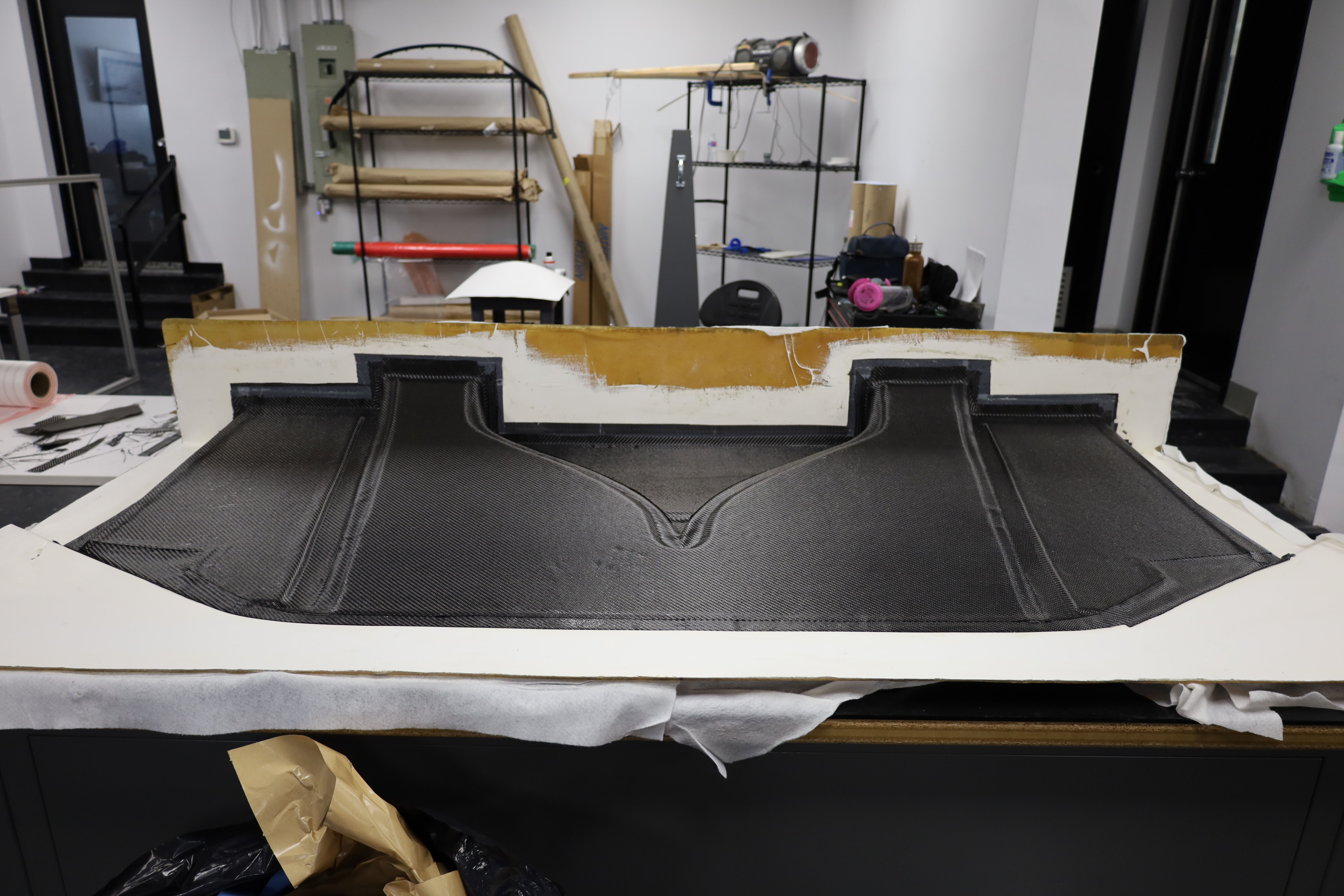3D Scanning
3D Scanning | Precision Digital Replication
Pfaff Technologies offers high-resolution 3D scanning services, delivering accurate digital models for reverse analysis, quality control, and rapid prototyping. Our advanced laser and structured light scanners ensure unmatched precision, ideal for automotive, aerospace, marine, and industrial applications.
Our Capabilities:
✔ Reverse Analysis – Digitizing legacy parts for manufacturing
✔ Dimensional Inspection – Ensuring accuracy & compliance
✔ CAD Model Generation – Compatible with all major design software
✔ Rapid Prototyping – Speeding up product development cycles
Need a 3D scan for your project? Get in touch with our specialists today!
Ready to Elevate Your Project with Pfaff Technologies?
From cutting-edge composites to precision design, we deliver world-class solutions for automotive, aerospace, marine, and defense industries. Let’s discuss how we can bring innovation, performance, and efficiency to your next project.













